New card game explores the pantheon of Celtic Gods
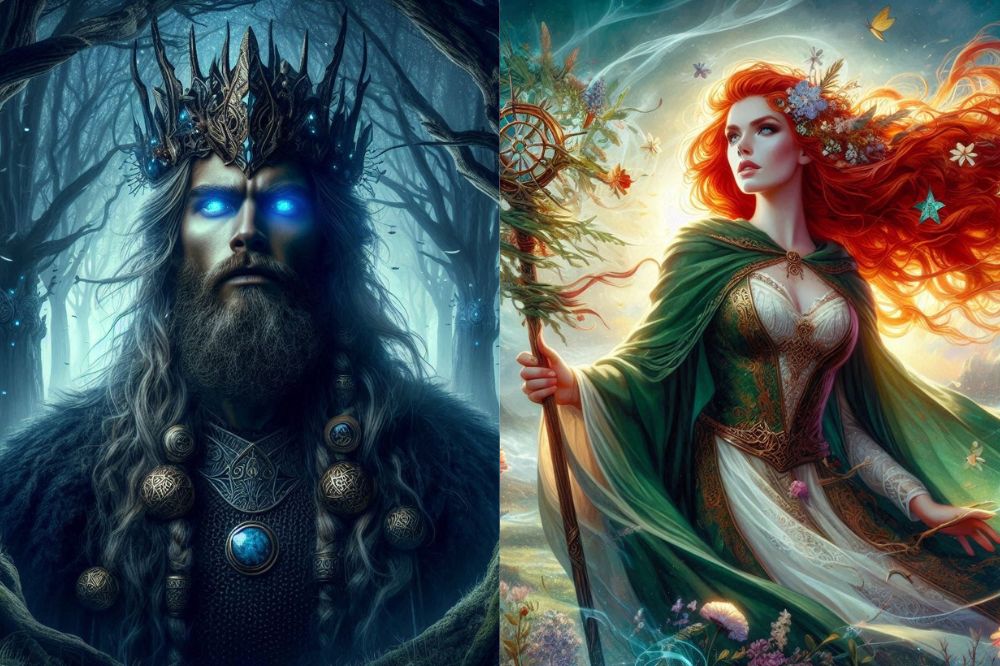
T E Rogers
According to the makers of a soon-to-be-released card game, Game of thrones has nothing on Celtic mythology – and it’s no surprise judging by the magical individuals and tales from Celtic folklore featured in the highly anticipated game.
Celtic gods have a long history of featuring in incredible tales and have achieved well deserved legend status, but some of their lesser knows Welsh equivalents have an equally mesmerising heritage.
The Mabinogion is an enduring collection of some of the oldest recorded literature we have, with stories of shape shifting Goddesses and of course The Lady of the Lake,
Irish folklore is no less impressive, with stories of supernatural otherworldly beings, the Tuatha De Danann, whose tales are equally important.
Card game
A card game is now available for pre-order at https://www.arawndur.com – boasting multiple pre-orders from across the globe already.
The game has also been purchased by an entire county of schools in Wales, and the makers are eager to hear from even more schools or anyone that works in education.
The game is also a handy tool for anyone learning the language, returning to the language or even anyone with an interest in Wales’ rich pedigree of folklore and mystique.
Here we take a look at just some of the characters featured.
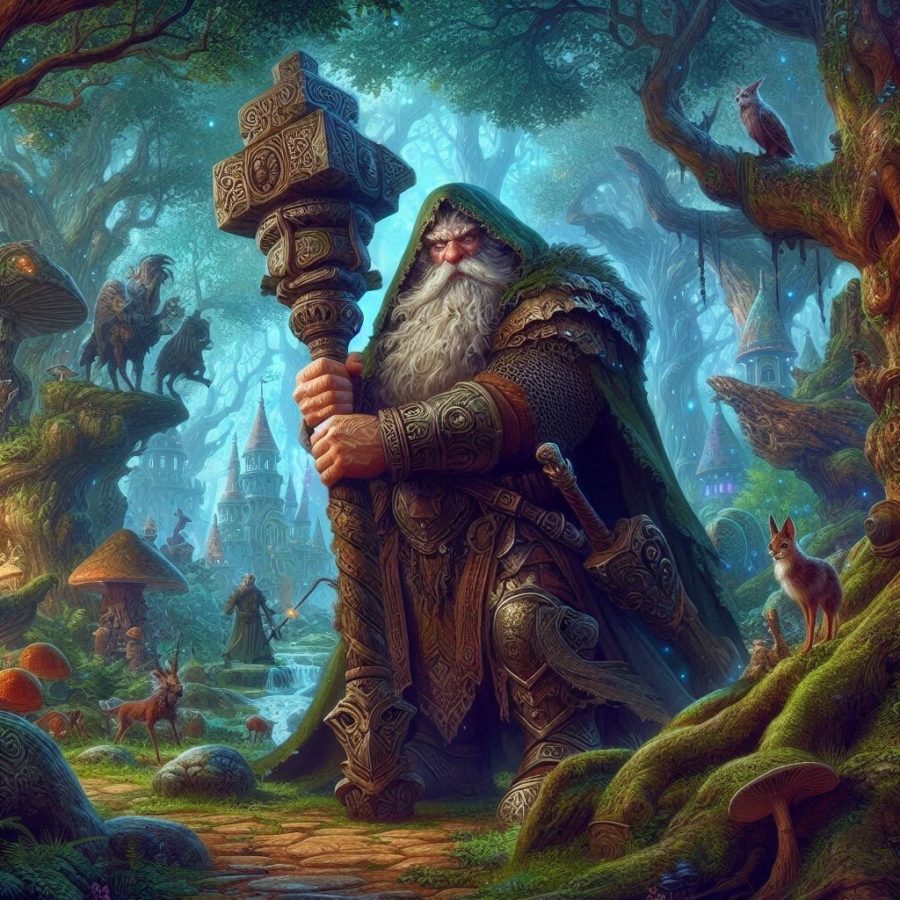
The Dagda
Of all the Celtic Gods, The Dagda was the most powerful and formidable. The Dagda is a prominent figure in Irish mythology, often depicted as a powerful and benevolent father god of the Tuatha Dé Danann.
Known as “The Good God,” he possesses immense strength, wisdom, and magical abilities. The Dagda wields a massive club that can kill or revive, owns a bottomless cauldron of plenty, and plays a magical harp that controls emotions and seasons.
His attributes symbolize abundance, protection, and fertility. As a chief deity, the Dagda’s legends emphasize his role as a provider and protector, embodying the traits of leadership, generosity, and balance in the Celtic pantheon.
Aerfen
Aerfen is a Welsh goddess associated with fate and war. Her name means “battle” or “slaughter,” reflecting her dominion over conflict and death in battle.
She is connected to the river Aerfen (now Afon Aeron), where sacrifices were made in her honor. Aerfen’s presence in mythology underscores the ancient Celts’ reverence for natural forces and the belief in deities who could influence the outcome of wars.
Though not as widely known as other figures in Welsh mythology, Aerfen embodies the fierce and unpredictable nature of war, symbolizing the inevitability of fate and the harsh realities of combat.
The Morrigan
The Morrigan is a complex and powerful deity in Irish mythology, associated with war, fate, and death. Often depicted as a trio of sisters (Badb, Macha, and Nemain), she embodies the darker aspects of battle and sovereignty.
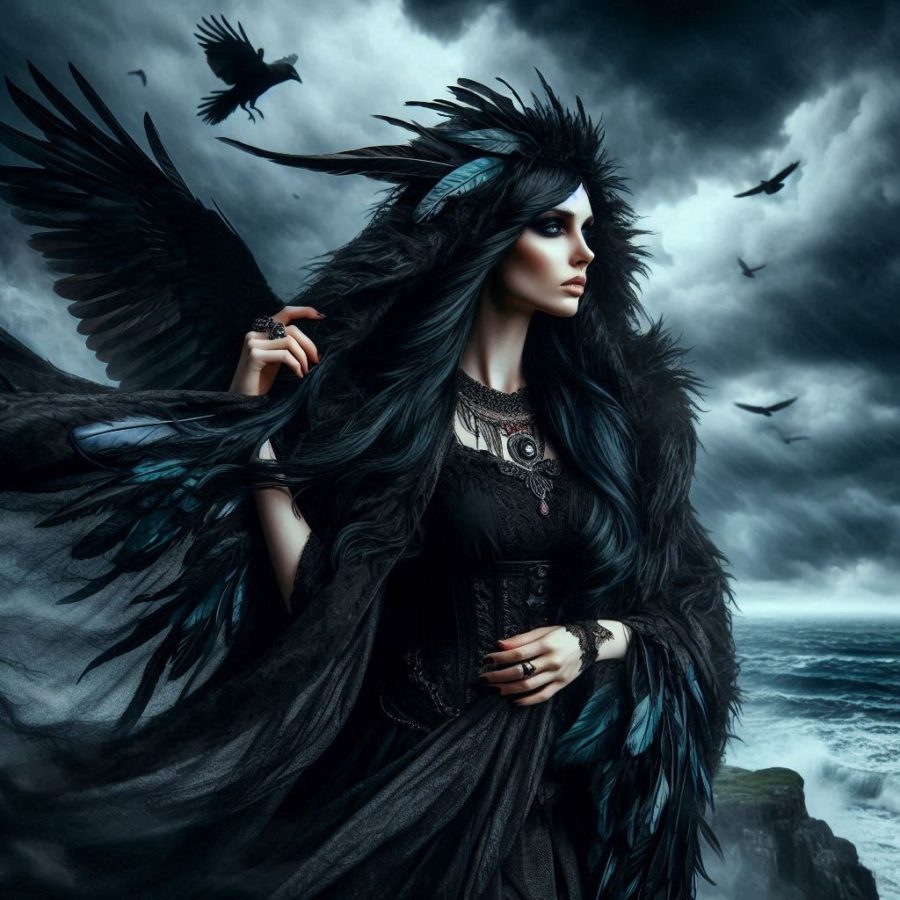
The Morrigan is known for her shape-shifting abilities, frequently appearing as a crow or raven. She foretells doom and victory, influencing the outcome of conflicts. As a goddess of prophecy, she instills fear and chaos among enemies.
Her legends emphasize themes of transformation, destruction, and rebirth, reflecting her role as a formidable and enigmatic force within the Celtic pantheon.
Aeronwen
Aeronwen is a lesser-known figure in Welsh mythology, whose name means “fair or blessed berries” or “white fruit.”
She is sometimes considered a goddess of fate, prosperity, and the natural world. Aeronwen’s connection to nature is evident in her name, suggesting a role in fertility and the harvest. As with many Celtic deities, she embodies the interconnectedness of life, death, and renewal.
While detailed myths about her are scarce, Aeronwen represents the nurturing and sustaining aspects of nature, highlighting the reverence for the earth’s bounty and the cyclical patterns of growth and decay in Welsh tradition.
Lugh
Lugh is a central figure in Irish mythology, renowned for his multifaceted skills and heroic deeds. Often called “Lugh of the Long Arm,” he is associated with the Tuatha Dé Danann.
Lugh is celebrated for his mastery in numerous disciplines, earning the title “Samildánach” (skilled in many arts).
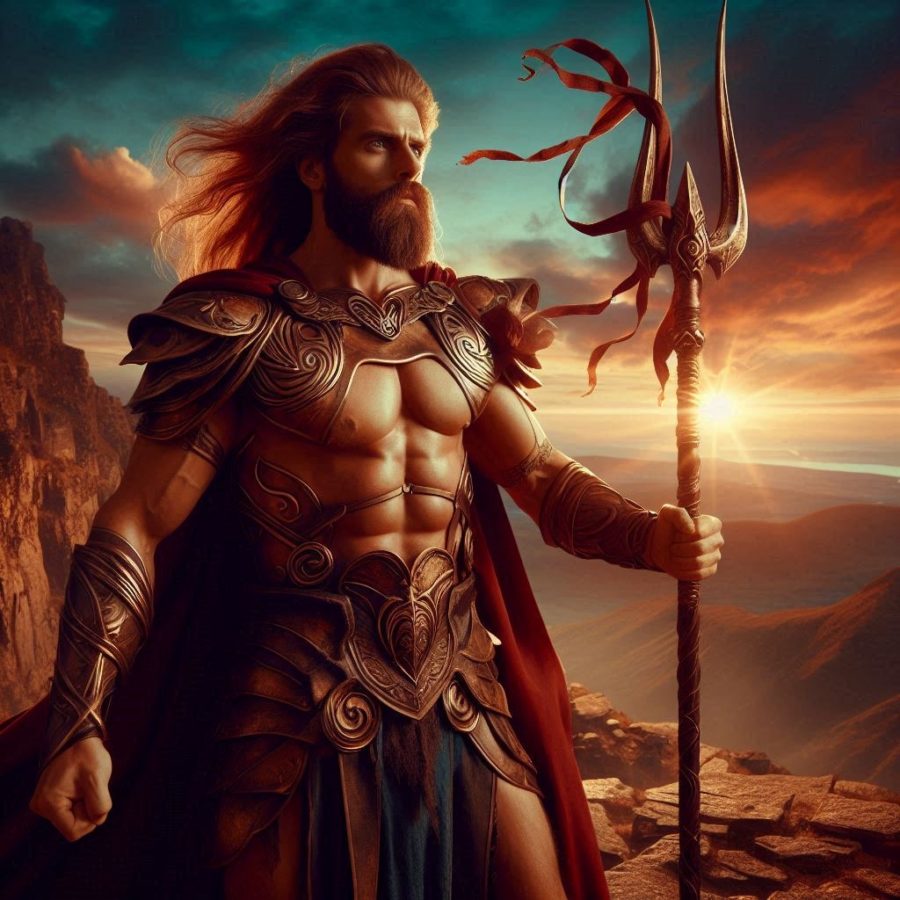
He wields the powerful spear Gae Assail and is credited with inventing various arts and crafts. Lugh is also linked to the harvest festival Lughnasadh, which honors his foster mother, Tailtiu.
His stories highlight themes of versatility, leadership, and innovation, making him a revered and dynamic deity in the Celtic tradition.
Lleu Llaw Gyffes
Lleu Llaw Gyffes is a central figure in Welsh mythology, prominently featured in the Mabinogion.
He is the son of Arianrhod, born through magical means, and raised by his uncle, the magician Gwydion.
Known for his dexterity and skill, his name translates to “Lleu of the Skillful Hand.” Lleu faces numerous challenges, including curses placed upon him by his mother, preventing him from having a name, weapons, or a wife.
With Gwydion’s help, he overcomes these obstacles and marries Blodeuwedd, a woman made from flowers. His story is one of transformation, resilience, and the triumph of ingenuity over adversity.
Brigid
Brigid is a revered goddess in Irish mythology, associated with healing, poetry, and smithcraft.

A member of the Tuatha Dé Danann, she embodies wisdom, inspiration, and craftsmanship. Brigid is often depicted with sacred flames and holy wells, symbolizing purification and renewal.
Her festival, Imbolc, marks the beginning of spring and celebrates fertility and new life.
Brigid’s dual role as a nurturing and protective figure, and her association with fire and water, highlight her as a versatile deity.
She was later syncretized with Saint Brigid in Christian tradition, maintaining her influence as a symbol of compassion and creativity.
Saint Ffraid
Saint Ffraid, also known as Saint Brigid, is a figure who bridges Welsh mythology and Christian hagiography.
Originally a Celtic goddess associated with fertility, healing, and poetry, her persona was later Christianized as Saint Brigid of Kildare.
In Welsh tradition, she is revered for her miracles and kindness.
Her feast day, February 1st, coincides with the ancient festival of Imbolc, marking the beginning of spring. Saint Ffraid is often depicted with symbols of fire and light, reflecting her role as a beacon of hope and renewal.
Her enduring legacy underscores the syncretism between pre-Christian beliefs and Christian traditions in Wales.
Danu
Danu is a primordial goddess in Irish mythology, revered as the mother of the Tuatha Dé Danann, the divine race of beings in Celtic lore.
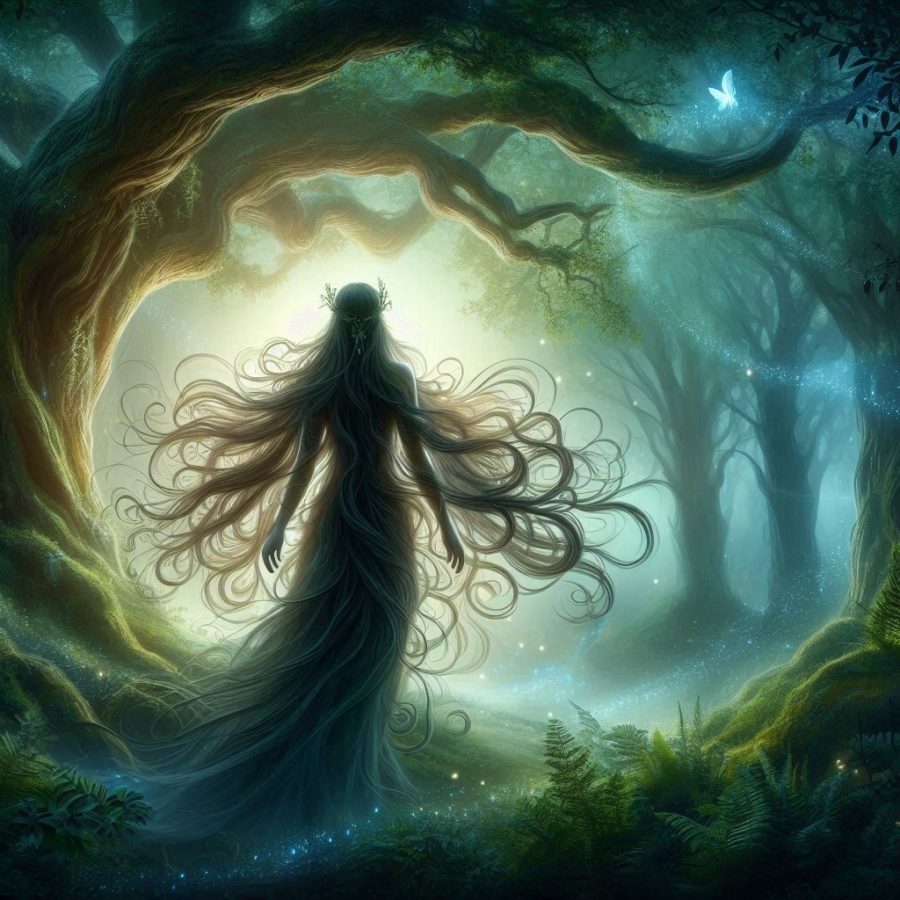
She embodies the earth, fertility, and prosperity, often seen as the personification of nature and the nurturing essence of the land. T
hough direct myths about Danu are scarce, her influence permeates the mythology, symbolizing life-giving waters and the nourishing power of the earth.
As the ancestral figure of the Tuatha Dé Danann, her legacy underscores themes of creation, abundance, and the profound connection between the divine and the natural world.
Don
Don is a significant figure in Welsh mythology, regarded as a mother goddess and the matriarch of the Children of Don, a family of deities akin to the Tuatha Dé Danann of Irish lore.
She is linked to fertility, the earth, and the natural world. Her children include notable figures like Gwydion, a master magician, and Arianrhod, a goddess of the stars and fate.
Don’s legacy is seen in her nurturing and protective nature, overseeing the prosperity and well-being of her progeny.
She symbolizes the interconnectedness of life and the nurturing aspects of nature, embodying the divine maternal archetype.
Aengus
Aengus, also known as Aengus Óg, is a prominent god in Irish mythology, associated with love, youth, and poetic inspiration.

The son of the Dagda and Boann, he is a member of the Tuatha Dé Danann. Aengus is often depicted as a youthful and charming figure, wielding magical powers to inspire love and beauty.
His most famous myth involves his pursuit of Caer Ibormeith, whom he transforms into a swan to join her.
Aengus’s stories emphasize themes of passion, transformation, and the enchanting power of love, making him a beloved and enduring figure in Celtic folklore.
Mabon
Mabon, in Welsh mythology, is the divine son of Modron, often associated with youth and the sun.
His full name, Mabon ap Modron, means “Mabon, son of Modron.” He is known for his abduction shortly after birth and subsequent rescue by King Arthur’s knights, as recounted in the Mabinogion.
Mabon’s imprisonment and eventual liberation symbolize the themes of rebirth and renewal. As a deity of youth, he represents vitality and the returning strength of the sun.
Mabon is often connected to the autumn equinox, marking the balance between light and dark, and the harvest season’s culmination.
Cernunnos
Cernunnos is a significant deity in Celtic mythology, often referred to as the “Horned God.” Depicted with antlers, he symbolizes nature, fertility, and the animal kingdom.
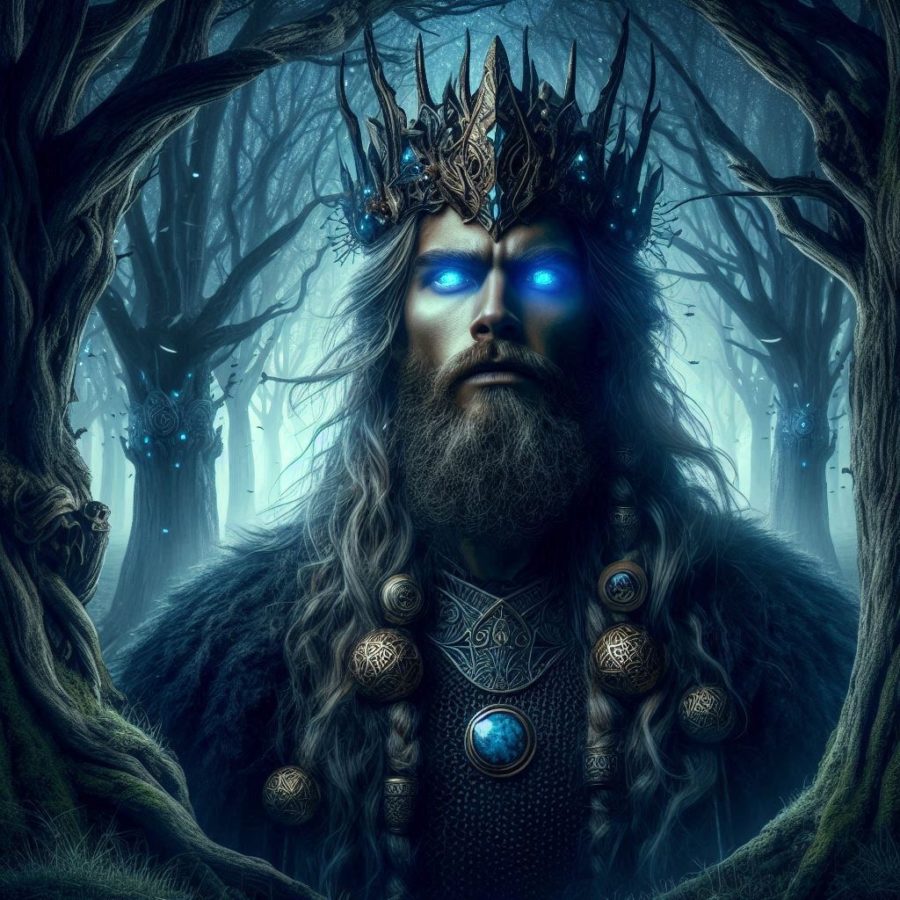
Cernunnos is frequently shown seated cross-legged, surrounded by wild animals, holding a torque and a serpent, which represent power and renewal.
He embodies the harmonious balance between humanity and nature, overseeing the cycles of life, death, and rebirth.
As a god of liminality, Cernunnos connects the material and spiritual worlds.
His worship highlights themes of fertility, prosperity, and the profound connection to the natural environment, reflecting the Celts’ reverence for the wilderness.
Arawn
Arawn is a prominent figure in Welsh mythology, specifically within the Mabinogion, a collection of medieval Welsh tales.
He is the ruler of Annwn, the Otherworld, often depicted as a realm of plenty and eternal youth. Arawn is known for his wisdom, fairness, and hospitality.
In one famous tale, he exchanges places with the mortal king Pwyll to defeat a common enemy, Hafgan.
This act of trust and collaboration highlights Arawn’s honorable nature.
His realm and stories emphasize the cyclical nature of life and death, embodying themes of transformation, mysticism, and the connection between the mortal world and the divine.
Find out more or join the waiting list to purchase the card game at https://www.arawndur.com or follow the makers on X and Facebook @ArawnDur
Support our Nation today
For the price of a cup of coffee a month you can help us create an independent, not-for-profit, national news service for the people of Wales, by the people of Wales.





I do hope this isn’t going to be used to educate as it’s full of brash and silly claims. Why not use the really powerful and interesting figures of Welsh myth – Rhiannon, Pwyll, Bendigeidfran, Branwen, Manawydan, Gwydion, Arianrhod? This mishmash is awful. The Dagda poor thing appears to have a bloated penis and no sign of his cauldron. He is not ‘the most powerful and formidable‘, but one power among others. Celtic myth does not have a hierarchy with a ‘top god’. This one as the ‘Good God’ is good AT everything., a handy craftsman. In my 50 years… Read more »
Afon Wen is a Laundry…